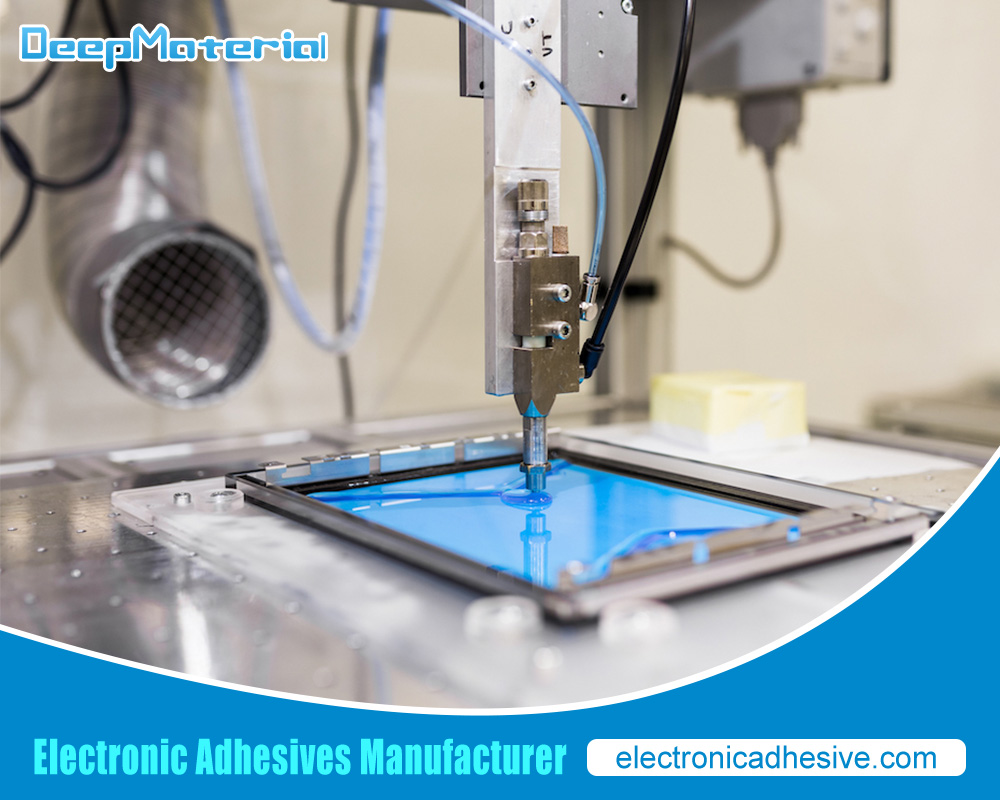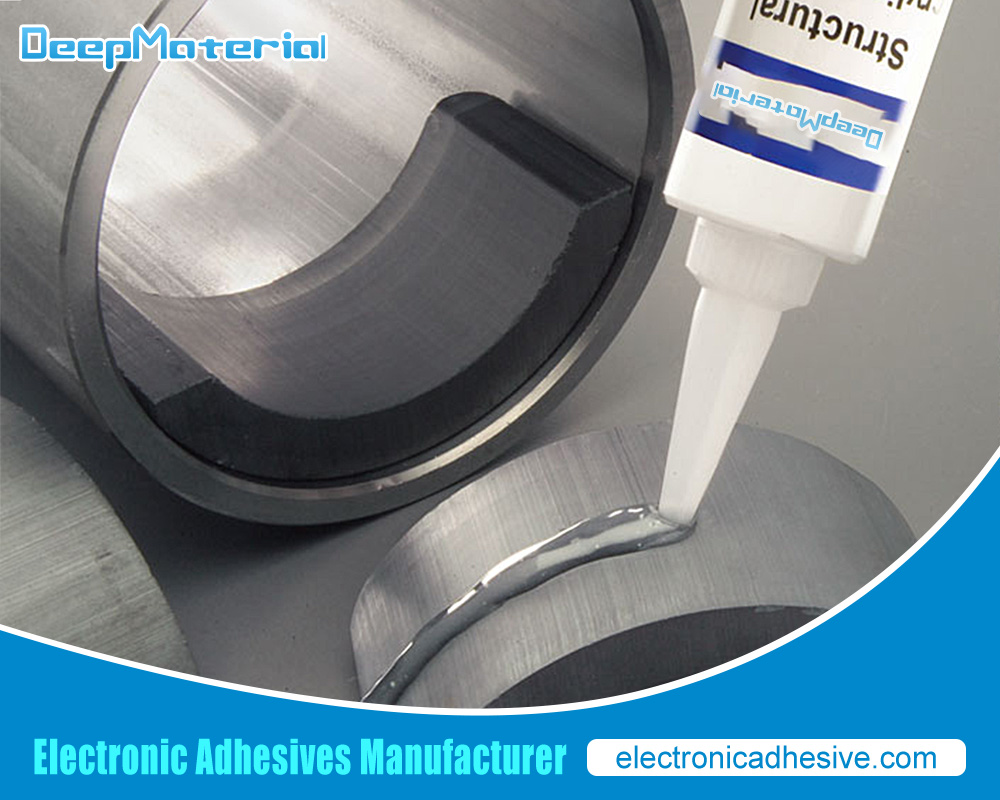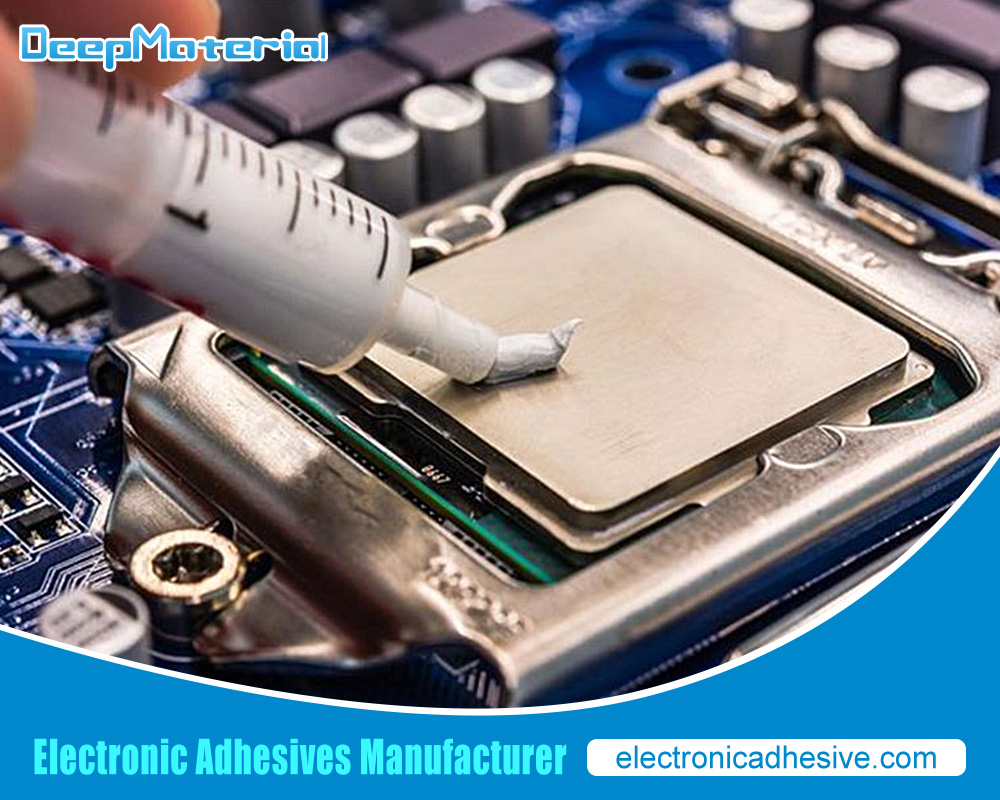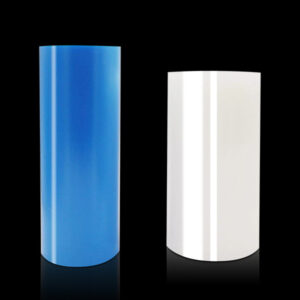Exploring the Role of Fiber Optic Adhesive in Minimizing Signal Loss
Exploring the Role of Fiber Optic Adhesive in Minimizing Signal Loss
Fiber optic adhesive is a specialized type of adhesive used in the assembly and maintenance of fiber optic cables. It plays a crucial role in ensuring that these cables function at their highest capacity by minimizing signal loss. But how exactly does it do this? What properties make it so effective? And how can we harness its potential to further improve our communication systems?
In this blog post, we will explore these questions and more as we delve into the fascinating world of fiber optics and the pivotal role that fiber optic adhesive plays within it. We will examine the science behind this unique adhesive, discuss its various applications, and highlight recent advancements in the field.

Understanding Signal Loss in Fiber Optic Communication
Signal loss refers to the reduction in the strength of an optical signal as it travels through a fiber optic cable. This loss can occur due to various factors such as attenuation, dispersion, and scattering. Attenuation is the most common form of signal loss and is caused by the absorption and scattering of light within the fiber. Dispersion occurs when different wavelengths of light travel at different speeds, leading to a distortion of the signal. Scattering refers to the random redirection of light within the fiber, which can also contribute to signal loss.
Signal loss can have a significant impact on the performance and reliability of fiber optic communication. As the signal weakens, the distance over which it can travel without degradation decreases. This limits the reach of fiber optic networks and can result in dropped calls, slow internet speeds, and unreliable connections. Minimizing signal loss is therefore crucial for ensuring reliable communication over long distances.
How Fiber Optic Adhesive Helps Minimize Signal Loss
Fiber optic adhesive plays a vital role in minimizing signal loss by ensuring proper alignment and connection between fiber optic components. When two fibers are joined together, it is essential to have a seamless connection to minimize signal loss. Fiber optic adhesive helps achieve this by filling any gaps or irregularities between the fibers, ensuring a smooth and efficient transfer of light.
Fiber optic adhesive works by creating a strong bond between the fibers, preventing any movement or misalignment that could lead to signal loss. It also helps to reduce the reflection of light at the connection point, further minimizing signal loss. Additionally, fiber optic adhesive can provide protection against environmental factors such as moisture and dust, which can also contribute to signal degradation.
The use of fiber optic adhesive offers several benefits in fiber optic communication. It improves the overall performance and reliability of the network by reducing signal loss and ensuring consistent signal strength. It also helps to extend the reach of fiber optic networks, allowing for communication over longer distances. Furthermore, fiber optic adhesive is easy to use and cost-effective, making it a preferred choice for many fiber optic applications.
Types of Fiber Optic Adhesives and Their Properties
There are several types of fiber optic adhesives available, each with its own properties and characteristics. The choice of adhesive depends on the specific application and requirements of the fiber optic system. Some common types of fiber optic adhesives include epoxy, anaerobic, and UV-curable adhesives.
Epoxy adhesives are widely used in fiber optic applications due to their excellent bonding strength and durability. They provide a strong and reliable connection between fibers and are resistant to temperature variations and environmental factors. Epoxy adhesives require a curing process, which can take several hours, but once cured, they offer a long-lasting bond.
Anaerobic adhesives are another popular choice for fiber optic applications. They cure in the absence of oxygen and are known for their fast curing time. Anaerobic adhesives provide a strong bond and are resistant to vibration and thermal cycling. However, they may not be suitable for all applications as they require tight tolerances and precise alignment.
UV-curable adhesives offer a quick curing time and are ideal for applications that require rapid assembly. These adhesives cure when exposed to ultraviolet light, allowing for fast and efficient bonding. UV-curable adhesives provide a strong bond and are resistant to temperature variations and environmental factors. However, they may not be suitable for applications that require long-term durability.
Factors Affecting the Performance of Fiber Optic Adhesive
Several factors can impact the effectiveness of fiber optic adhesive in minimizing signal loss. Proper application and handling are crucial to ensure optimal performance. One of the key factors is surface preparation. The surfaces to be bonded must be clean, free from contaminants, and properly polished. Any dirt, dust, or oils on the surface can interfere with the bonding process and lead to signal loss.
Another important factor is the curing process. Different types of fiber optic adhesives require different curing methods, such as heat, light, or time. It is essential to follow the manufacturer’s instructions and ensure that the adhesive is properly cured to achieve maximum bond strength. Insufficient curing can result in a weak bond and increased signal loss.
Temperature and humidity can also affect the performance of fiber optic adhesive. Extreme temperatures can cause the adhesive to expand or contract, leading to misalignment and signal loss. High humidity levels can introduce moisture into the adhesive, compromising its integrity and reducing its effectiveness. It is important to store and handle the adhesive in controlled environments to minimize these effects.

Final Verdict
In summary of the above, fiber optic adhesive plays a crucial role in minimizing signal loss and ensuring reliable fiber optic communication. Signal loss can have a significant impact on the performance and reach of fiber optic networks, leading to dropped calls, slow internet speeds, and unreliable connections. Fiber optic adhesive helps minimize signal loss by creating a strong and reliable bond between fiber optic components, ensuring proper alignment and reducing reflection.
While there are other techniques available for minimizing signal loss, fiber optic adhesive offers a cost-effective and reliable solution for a wide range of applications. Ongoing research and development in fiber optic adhesive technology hold the promise of further advancements in performance and reliability, enabling faster speeds, longer distances, and more reliable connections in the future.
For more about choosingthe Role of Fiber Optic Adhesive in Minimizing Signal Loss, you can pay a visit to DeepMaterial at https://www.electronicadhesive.com/about/ for more info.











